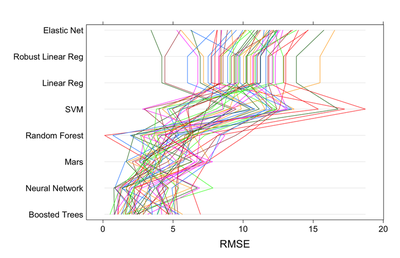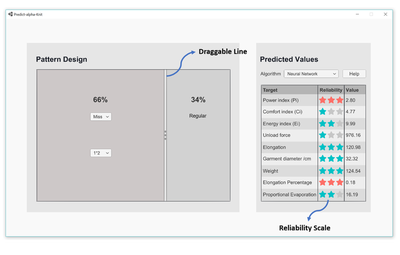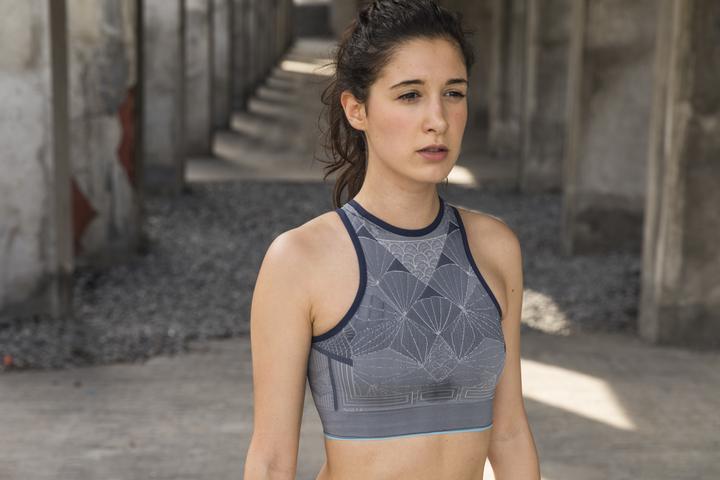Designing Predictive Tools for Personalized Functionalities in Knitted Performance Wear
Abstract
Developments of advanced textile manufacturing techniques—such as 3D body-forming knitwear machinery—allows the production of almost finalized garments, which require little to no further production steps to finalize the garment. Moreover, advanced knitting technology in combination with new materials enables the integration of localized functionalities within a garment on a ‘stitch by stitch level.’ There is potential in enhancing the design tools for advanced knitting manufacturing through the use of technologies such as data gathering, machine learning, and simulation. This approach reflects the potential of Industry 4.0, as design, product development, and manufacturing are moving closer together. However, there is still limited knowledge at present about how these new technologies and tools can have an impact on the creative design process. The case study presented in this paper explores the potential of predictive software design tools for fashion designers who are developing personalized advanced functionalities in textile products. The main research question explored in this article is: ``How can designers benefit from intelligent design software for the manufacturing of advanced personalized functionalities in textile products?''. Within this larger research question three sub-research questions are explored: (1) What kind of advanced functionalities can be considered for the personalization process of knitwear? (2) How to design interactions and interfaces that use intelligent predictive algorithms to stimulate creativity during the fashion design process? (3) How will predictive software impact the manufacturing process for other stakeholders and production steps? These questions are investigated through the analysis of a Research Through Design case study, in which several predictive algorithms were compared and implemented in a user interface that would aid knitwear designers during the development process of high-performance running tights.


